Search
Remove Ads
Advertisement
Summary 
Loading AI-generated summary based on World History Encyclopedia articles ...
Search Results
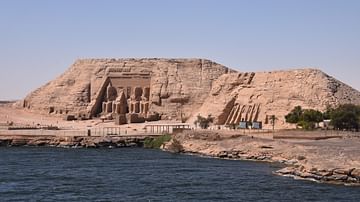
Article
Sailing on Lake Nasser towards Abu Simbel
In ancient times, the First Cataract at Aswan marked the southern frontier of Egypt. Beyond lay the land of Nubia, which stretched along the river Nile from the First Cataract southwards for about 250 kilometres (155 mi). This region, known...
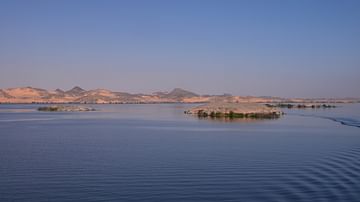
Image
Lake Nasser, Egypt
Lake Nasser (also known as Lake Nubia) is a vast reservoir on the Nile River in southern Egypt and northern Sudan. It was created by the impounding of the Nile’s waters by the Aswan High Dam, which was built in the 1960s. It is one of the...
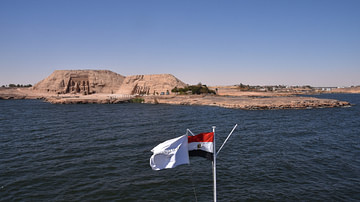
Image
View of Abu Simbel from Lake Nasser
The two rock-cut temples of Abu Simbel (the Great Temple of Ramesses II and the Small Temple of his wife Nefertari) are situated on the west bank of the Nile in southern Egypt. As a result of the construction of the Aswan High Dam in the...
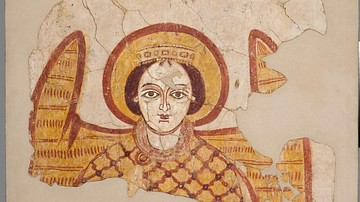
Definition
Faras Cathedral
The Cathedral of Faras, a city in ancient Nubia and once the capital of the Kingdom of Faras (aka Nobatia), was built and rebuilt from the 8th to 11th century CE. Its interior was decorated with hundreds of frescoes which are amongst the...
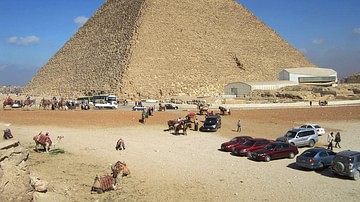
Definition
Great Pyramid of Giza
The Great Pyramid of Giza is a defining symbol of Egypt and the last of the ancient Seven Wonders of the World. It is located on the Giza plateau near the modern city of Cairo and was built over a twenty-year period during the reign of the...
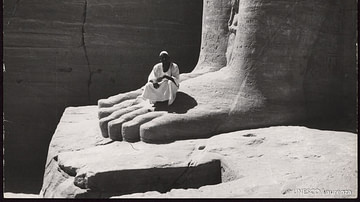
Collection
UNESCO's Nubia & Abu Simbel Campaign
This collection is really dear to us as it is the fruit of our new collaboration and partnership with the UNESCO Archives. They have digitized a vast amount of resources that can be found on their platform and you can read all about their...
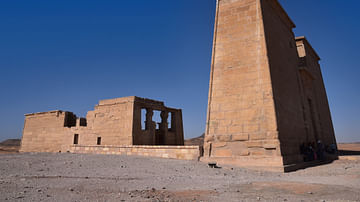
Image
Temple of Dakka, Egypt
The Temple of Dakka is a Meroitic, Ptolemaic and Roman temple located in New Wadi es-Sebua, a temple complex area in southern Egypt located on the banks of Lake Nasser. It was placed in its present location as part of the large rescue effort...
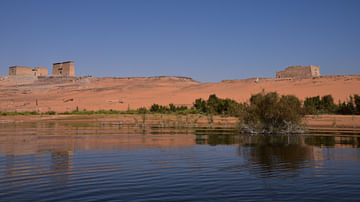
Image
New Wadi es-Sebua, Egypt
New Wadi es-Sebua is a temple complex area in southern Egypt located on the banks of Lake Nasser. It contains three ancient Egyptian temples of Lower Nubia - Wadi es-Sebua, the Temple of Maharraqa and the Temple of Dakka - that were dismantled...
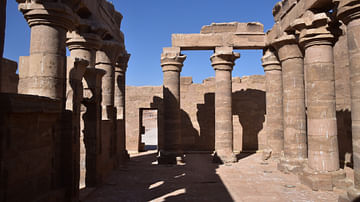
Image
Temple of Maharraqa, Egypt
The Temple of Maharraqa is a Roman-built (1st century CE) unfinished temple dedicated to Serapis and Isis. It is located in New Wadi es-Sebua, a temple complex area in southern Egypt situated on the banks of Lake Nasser. It was placed in...
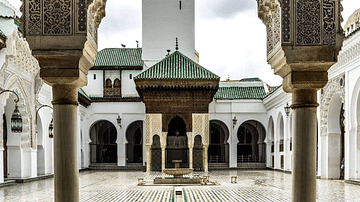
Image
Qarawiyyin University
Inner courtyards of Qarawiyyin University in Fez, Morocco, the oldest continuous university in the world founded in 857-859 by a Muslim woman scholar named Fatima al-Fihri (born c. 800)